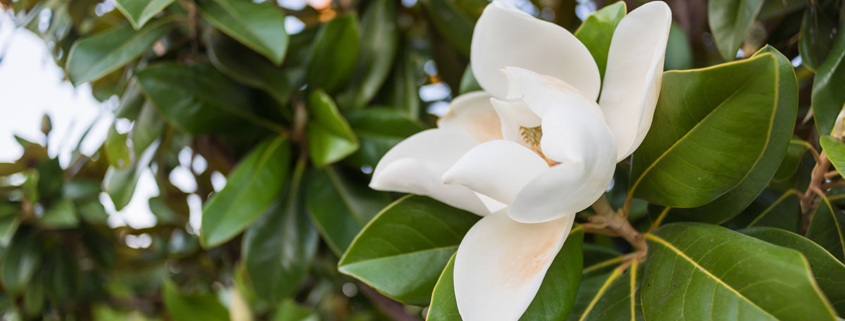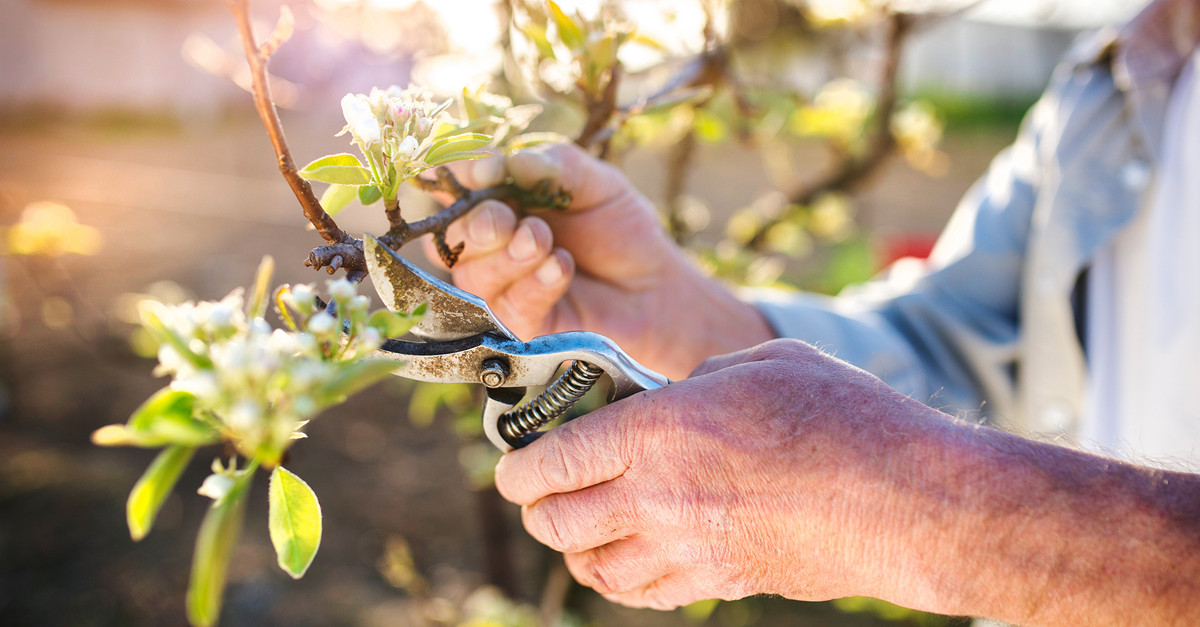How to Deal with a High-Maintenance Tree
Not all trees are total divas. The amount of maintenance a tree may require often depends on several factors, including the individual species, quality of your soil, hardiness zone, and the amount of rainfall and sunlight your yard receives each day. Though some of these elements may be beyond your control, there are several steps you can take on your own to tend to even the fussiest fir or high-maintenance hemlock.
Roll Up Your Sleeves
A tree is often labeled “high maintenance” if it requires a great deal of cleanup. The Southern Magnolia is a perfect example, as it drops its leaves throughout the year. Other frequently-shedding trees include the sweetgum, sycamore, and Eastern cottonwood.
All of these trees may be a bad choice if you’re expecting a country club-pristine yard year-round, but don’t shun them straightaway. Regular raking, for example, provides a great opportunity to get some exercise and enjoy some fresh air at the same time. And letting the leaves lie where they land can actually be beneficial to your yard and trees, particularly if you use a mulching mower to chop them up after they’ve hit the ground.
Do Much with Mulch
There’s an abundance of opinions out there when it comes to mulching, including what your mulch should contain, how wide (or thick) your coverage should be, and whether or not it’s necessary at all. But proper mulching can protect your tree against both heat and cold, retain valuable nutrients, and provide moisture and warmth. There are some recommended guidelines about when it’s best to mulch, so turn to the experts for advice in that department.
Give Her a Sweater
Though Georgia is far from Montana when it comes to winter temperatures, if your tree is sensitive to the cold, it may need an extra boost during the chilly months. Tree wrapping is one way to protect trees against sunscald, salt splash from the roadway, and bark stripping from hungry wildlife. But be careful not to wrap your little princess too tightly, or leave the wrapping on for longer than necessary.
Cold snaps can also endanger new plant roots, inhibit water uptake, crack bark, and kill tender new growth. Carefully covering small trees and sensitive shrubs with burlap or other sturdy fabric can keep them insulated until the temperature warms again in spring.
Fuss with Fertilizer
Perhaps more persnickety than the tree itself, fertilizer guidelines can require dedicated concentration. In many cases, your tree may not need fertilizer at all. But if it does, you’ll want to ensure that the fertilizer you choose contains the right balance of three main macronutrients: potassium, nitrogen, and phosphorus. We’ve provided a comprehensive guide to selecting fertilizer on our website, as well as a walkthrough of why and when it may be helpful for your trees.
Depending on your willingness to dedicate time and energy to your trees, there are some species you just may want to avoid altogether. But if you really love a tree, you can make it work — with the right help. Our certified arborists are ready to assist with even the most complex care, including pruning, trimming, and even moving a tree to a new location. Call us at (404) 252-6448 or connect with us online to discuss the best maintenance for all your trees — whether high-maintenance or not.










